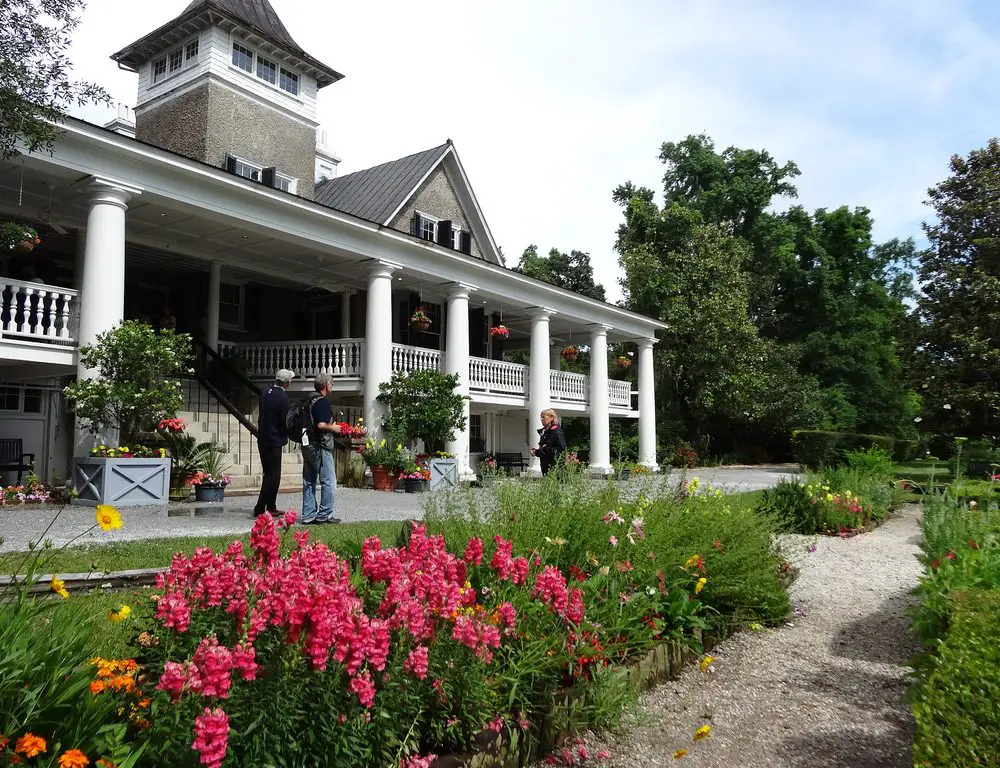
Following the Colonization of the Americas by European settlers, it was the moneyed elite that was either given the land to farm by the crown or used their own wealth to establish a foothold in the New World.
In the case of South Carolina just as in the Caribbean slaves were brought in to not only work the land, but as household servants to work in the large plantation houses that sprung up to oversee vast tracts of farmland.
While many of these large stately homes perished under the torch of Sherman’s Army, those that remain provide a unique glimpse into what life must have been like in Antebellum America.
Boone Hall Plantation – Mount Pleasant, SC
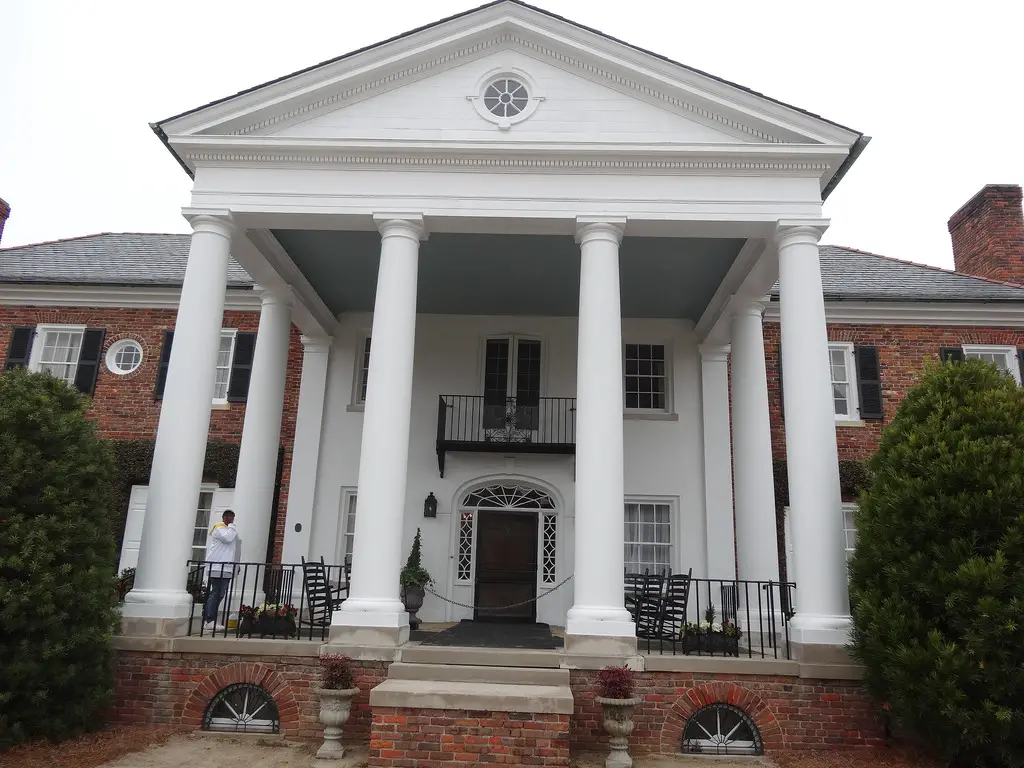
Founded in 1651 by an Englishman, Major John Boone, Boone Hall is renowned for its lovely gardens and an approach to the main houses the features 200-year old oak trees that are draped in Spanish moss. Once a thriving cotton plantation, today Boone Hall produces a variety of fruits and vegetables on its 760-acre estate.
Fort Hill – Clemson, SC
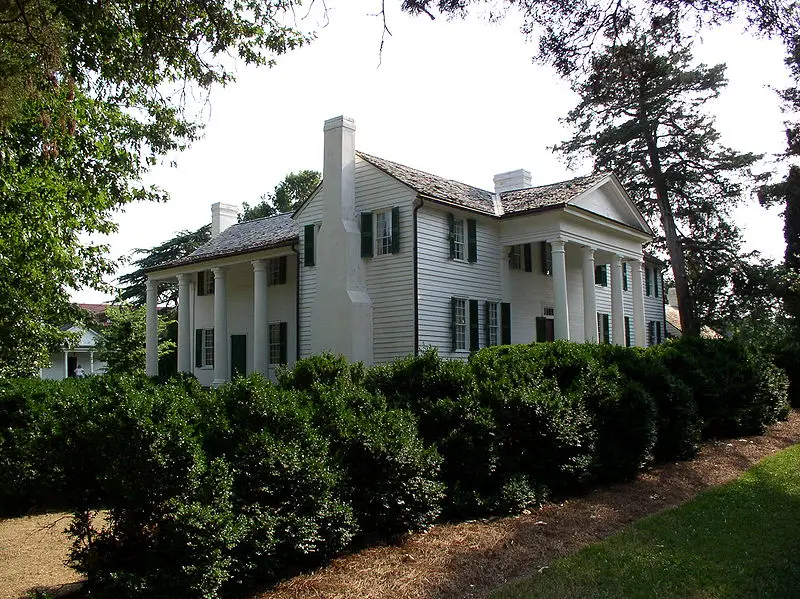
Home to the only Vice President of the United States to be born in South Carolina, John C. Calhoun, the 814 acre Fort Hill Plantation was bequeathed to Clemson University in 1888 with the understanding that the historic house and grounds never be changed. Clemson now operates the house as a museum providing daily public tours.
Hopsewee Plantation – Georgetown, SC
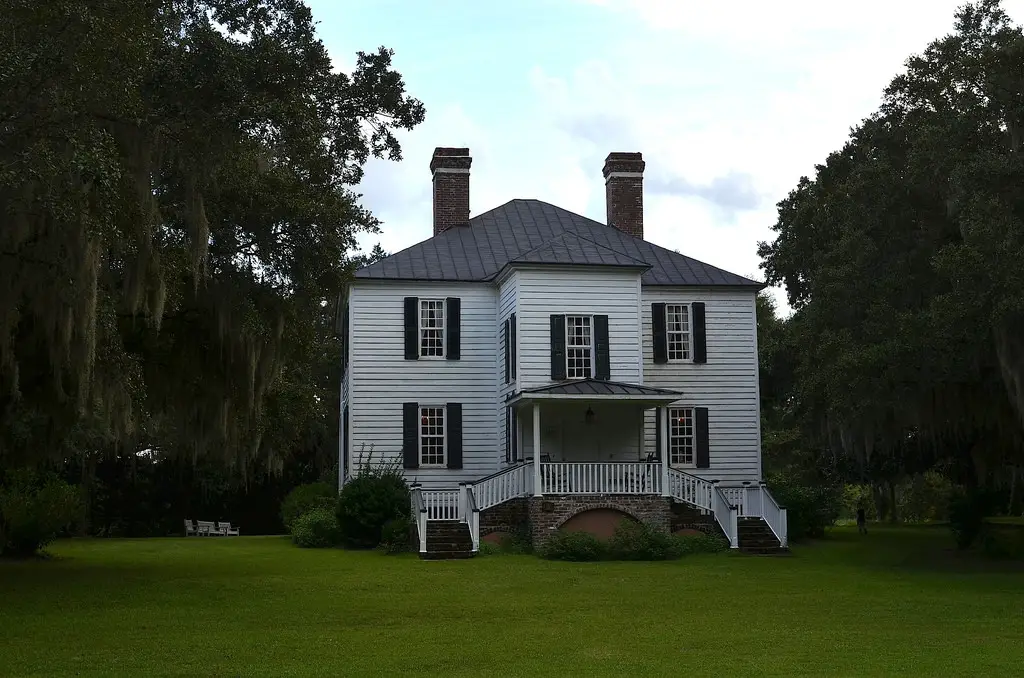
Now listed a National Historic Landmark in the heart of South Carolina’s Low country the Hopsewee Plantation was one of the colonies premier rice producers. Built in the early 18th century, some 40 years before the Revolutionary War, Hopsewee was the birthplace of Thomas Lynch, Jr. a signatory to the Declaration of Independence.
Millford Plantation – Pinewood, SC
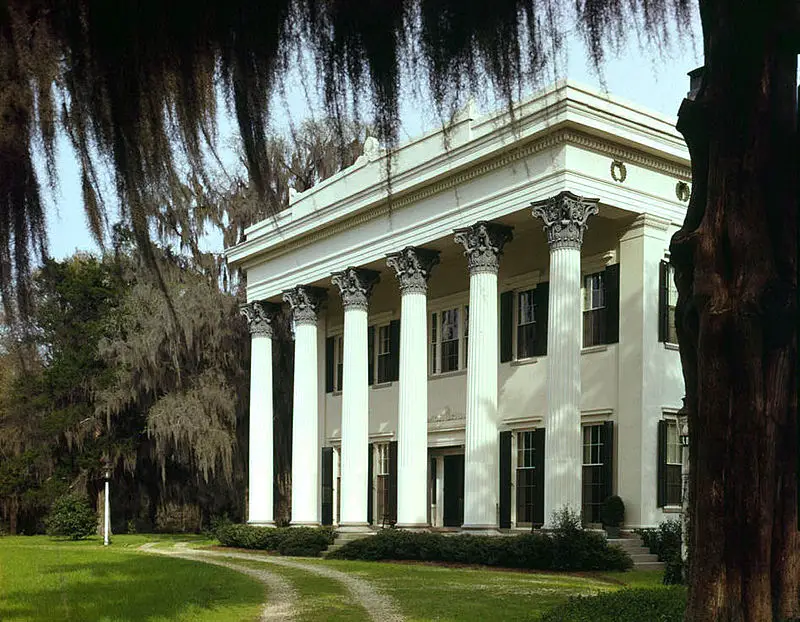
Regarded by many as the finest example of Greek Revival residential architecture in the United States, Milford Plantation somehow managed to avoid being burnt to the ground following Potters Raid on the railways between Florence, Sumter and Camden. With an interior just as magnificent of its facade, Millford is open to the public the first Saturday of the month.
Middleton Place Plantation – Charleston, SC
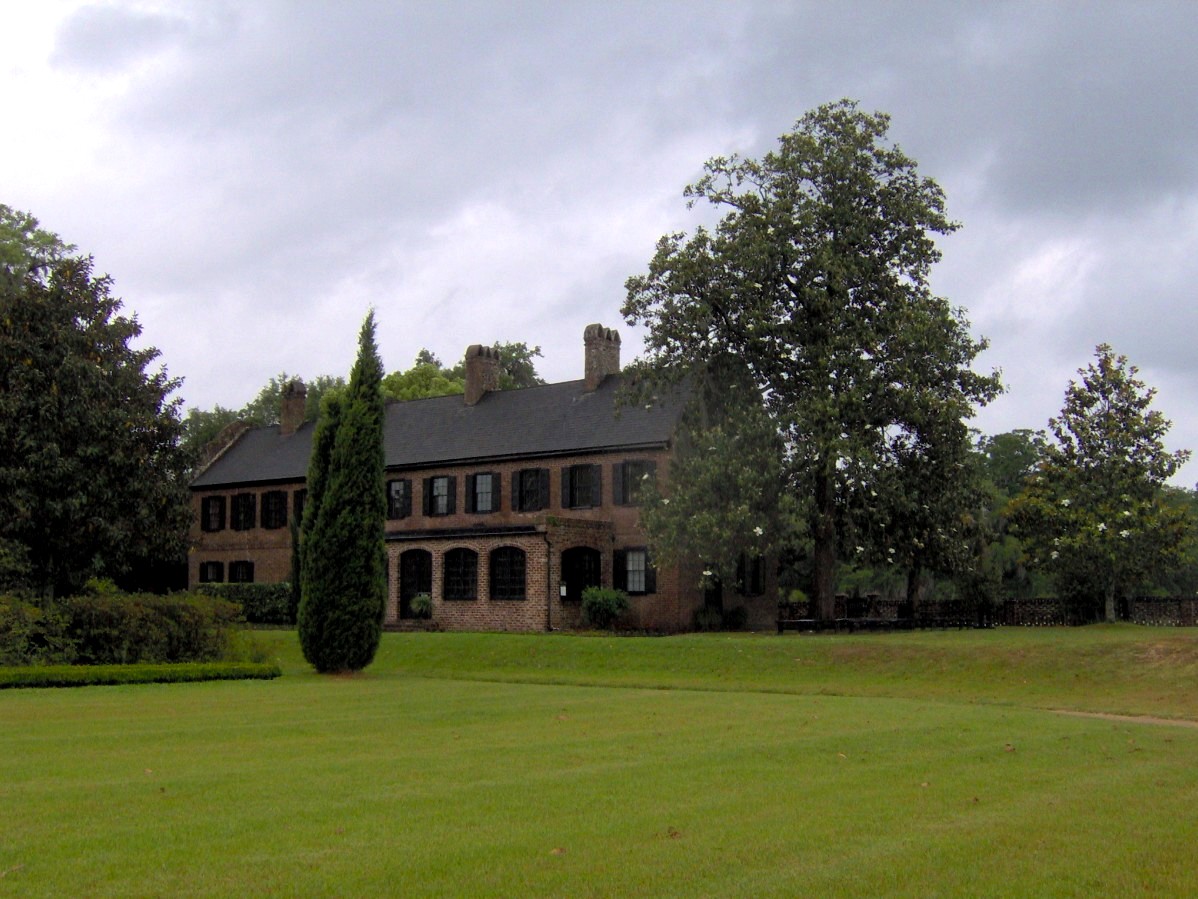
Dating back to the 1730’s Middleton Place was a sprawling rice plantation, typical of the South Carolina Low Country. During the early 19th century landscaped gardens were all the rage, leading the Middleton’s to lay out a design that the Garden Club of America says is “the most important and most interesting garden in America”. The plantation like most great houses of South Carolina was burned during the Civil War, but now following a full restoration is a living museum open to the public.
Magnolia Plantation – Charleston, SC
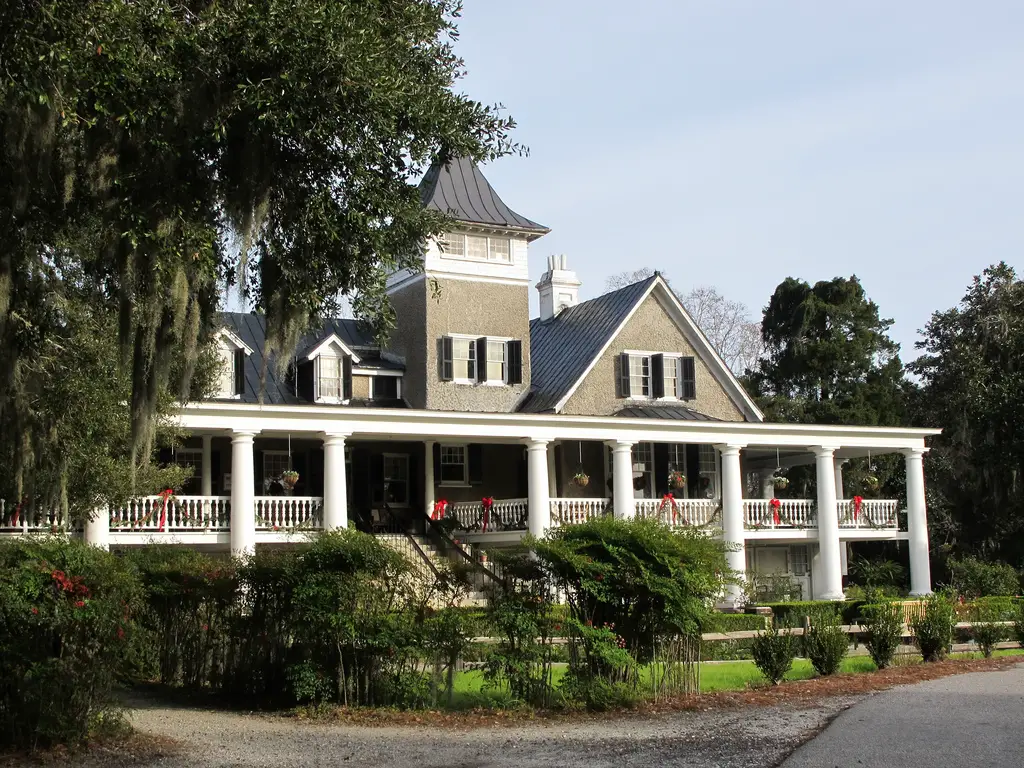
Originally settled in 1676 by Thomas Drayton, a new arrival from Barbados, the Ashley River rice plantation flourished while changing hands between British and American troops during the Revolutionary War. Firmly on the side of the Americans, Drayton’s son’s fought for the Colonial Army before going on to become highly regarded statesmen after the war. In the early 19th century gardening, filled the spotlight and while many a great house copied the formal English style, John Drayton set out to create a garden making use of the land’s natural contours and water features. Credited with cultivating the first azaleas in America, the gardens survived the Civil War eventually taking over from agriculture to become the plantations main money maker before opening to the public in 1870. Today the house and gardens provide a unique look back into American horticulture and plantation life.
Photos courtesy of Dennisbin , Mogolin_1, Jennalex and Wiki Commons.
